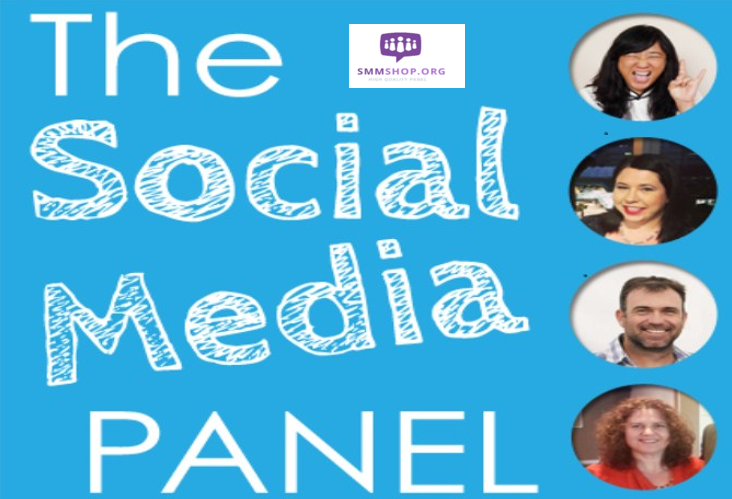Keeping Score With Social Media Marketing and Measurement
I was on a dimension panel at the IAB Social Media Conference recently, and we talked a whole lot about the social networking scorecard. There were a number of perspectives represented as Bryan Wiener, CEO of 360i, moderated the discussion between Liza Hausman of Gigya, Keith Kilpatrick from Buzzlogic, Jonathan Carson from Nielsen Online and me. We all agreed that people wanted the discussion to be practical and useable.
I imagined the social networking scorecard in vivid color, its clarity overwhelmingly simple, something marketers, smm panel and agencies could put within their pockets and use immediately when next evaluating the effectiveness and efficiency of social networking channels in an upfront media mix. Sounds easy, right?

Enabling quality conversation (ranked on a five-point scale) with my consumers? Check. Possessing pass-along value that inspires influencers to inspire others about my core brand message, directly relatable to product sales? Check. The fundamental aspects of vitality, guaranteed to spread like wildfire through cyberspace? Check. Keep full control of my brand? Double-check.
Now, I am fully in favor of scores and scorecards. Without them, how can you know if your efforts are effective, or if you're winning or losing? But while all of us agreed that measurement ought to be the cornerstone, we also recognized that there is no silver bullet. Especially in emerging areas which are still defining the principles of the game, where many marketers and cheap smm panel agencies continue to be deciding whether to obtain in the game to start with.
So let's put away our scorecards and magic bullets simply for a time, and discuss what we have to know to obtain started.
Three Useful Points to Consider in Social Media Marketing and Measurement
1) Clarity is key: define your success
As with all media, before diving in, consider: what will it take for you to look back at the campaign and say that it was successful? Perhaps it is likely to be on the basis of the number of coupons downloaded, the number of 18-24-year-olds who become fans on Facebook, CRM signups or overall brand effectiveness measures and attitudinal shifts... Only you know what is important, but whatever it's, be clear about any of it to help you prepare to measure it, and adjust your campaign on the fly if need be.
2) Keep measurement simple and familiar
To break this down, separate quantity questions from quality questions. On the amount side, keep it simple: discover how lots of people you wish to reach, and then measure just how many you actually reached post-campaign. Make these metrics as familiar as you can - if they're expressed in comparable terms to the rest of one's campaign, they're more probably be tangible and accepted. Reach and frequency metrics aren't going away any moment soon.
The standard question enables a little more creativity - listed here is where you can make engagement and otherwise tie in your KPI's from (1) back to your web program. Basically, you are building a track record together with your brand and making the case that there have been quality elements which underscored that social networking marketing was a good choice. Depending about what your success markers were, these metrics can vary - but can range between branding" metrics (e.g. as measured through comScore's Brand Metrix studies) all the best way to the lift in offline purchasing.
3) Control is not the purpose, listening is
We know we know... this is a scary premise. But even the best clarity, choreography and execution cannot completely guarantee control in a cultural media campaign. So let's imagine for a moment that people can suspend our disbelief about relinquishing control and having to communicate, and focus instead on how best to be heard -- because attention, all things considered, is really a scarce commodity. How might this be valuable, and what is the added value of to be able to listen directly, and adjust when needed?
The worthiness proposition listed here is also the trade-off - this is two-way, and frequently one-to-many. Listen to the good. Respond quickly to the bad, and respond even faster to the ugly. Enable the conversation, rather than attempting to put it in a chokehold. Individuals are referring to your brand anyway, so you may as well get down in the weeds and know what's going on.


